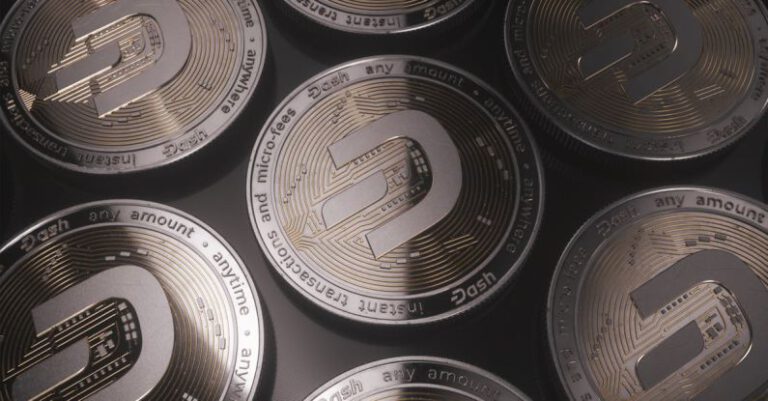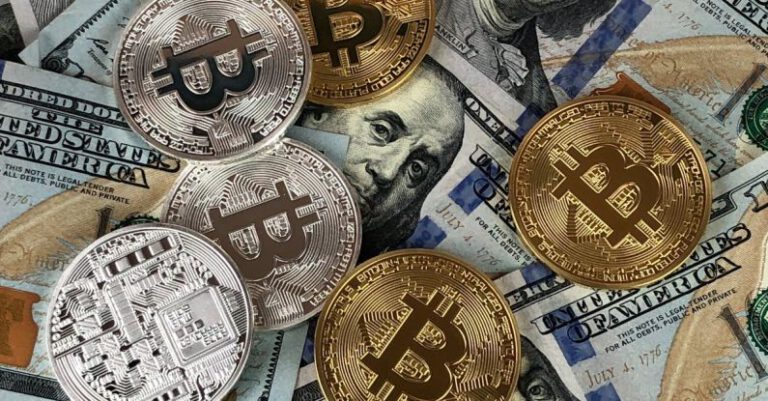
Digital art has been revolutionizing the art world for years, but the emergence of Non-Fungible Tokens (NFTs) has taken this transformation to a whole new level. NFTs are unique digital assets that represent ownership of a particular item, whether it’s art, music, videos, or any other form of digital content. These tokens are built on blockchain technology, making them secure, transparent, and easily verifiable. The rise of NFTs has sparked a significant shift in the digital asset market, with artists, collectors, and investors alike exploring new opportunities and possibilities. Let’s delve into how NFTs are reshaping the landscape of digital assets.
The Power of Tokenization
NFTs are changing the way we perceive ownership of digital assets by allowing creators to tokenize their work. By creating a unique token for each piece of art, music, or any other digital content, artists can establish provenance and authenticity, giving buyers confidence in the originality of their purchase. This tokenization process ensures that the creator retains control over their work and can track its ownership and transaction history, providing a level of transparency that was previously unheard of in the digital art world.
Empowering Artists and Creators
One of the most significant impacts of NFTs on the digital asset market is the empowerment of artists and creators. Traditionally, artists have struggled to monetize their digital work due to issues such as copyright infringement and lack of control over distribution. However, with NFTs, artists can now sell their work directly to collectors, bypassing the need for galleries or agents. This direct connection between creators and buyers not only enables artists to retain a larger share of the profits but also gives them more freedom and autonomy over their creative output.
Unlocking New Revenue Streams
NFTs have opened up a whole new world of possibilities for artists to monetize their work. By selling limited editions or exclusive digital assets as NFTs, creators can tap into a global market of collectors and enthusiasts who are willing to pay a premium for unique and authentic digital content. This ability to create scarcity and exclusivity around digital assets has led to a surge in demand for NFTs, driving up prices and creating new revenue streams for artists and creators.
Changing the Perception of Value
The concept of ownership in the digital age has always been a complex and evolving one. With NFTs, the value of digital assets is no longer solely based on their utility but also on their cultural significance and emotional appeal. Collectors are willing to pay top dollar for NFTs not just because of their intrinsic value but also because of the story behind the creation and the reputation of the artist. This shift in perception has led to a reevaluation of what constitutes a valuable digital asset, opening up new opportunities for artists to showcase their work and for collectors to invest in unique pieces of digital art.
Challenges and Risks
While the rise of NFTs has brought about a wave of excitement and innovation in the digital asset market, it has also raised concerns about sustainability, copyright issues, and environmental impact. The energy-intensive process of minting NFTs on blockchain networks has come under scrutiny for its carbon footprint, prompting artists and platforms to explore more eco-friendly alternatives. Additionally, the lack of regulation in the NFT space has led to instances of fraud and plagiarism, highlighting the need for clearer guidelines and standards to protect creators and buyers alike.
In Conclusion,
Non-Fungible Tokens have undoubtedly changed the digital asset market in profound ways, offering artists new opportunities for monetization, collectors new avenues for investment, and investors new ways to diversify their portfolios. As the NFT market continues to evolve and mature, it will be essential for stakeholders to address the challenges and risks associated with this emerging technology while embracing the transformative potential it holds for the future of digital art and creativity.





